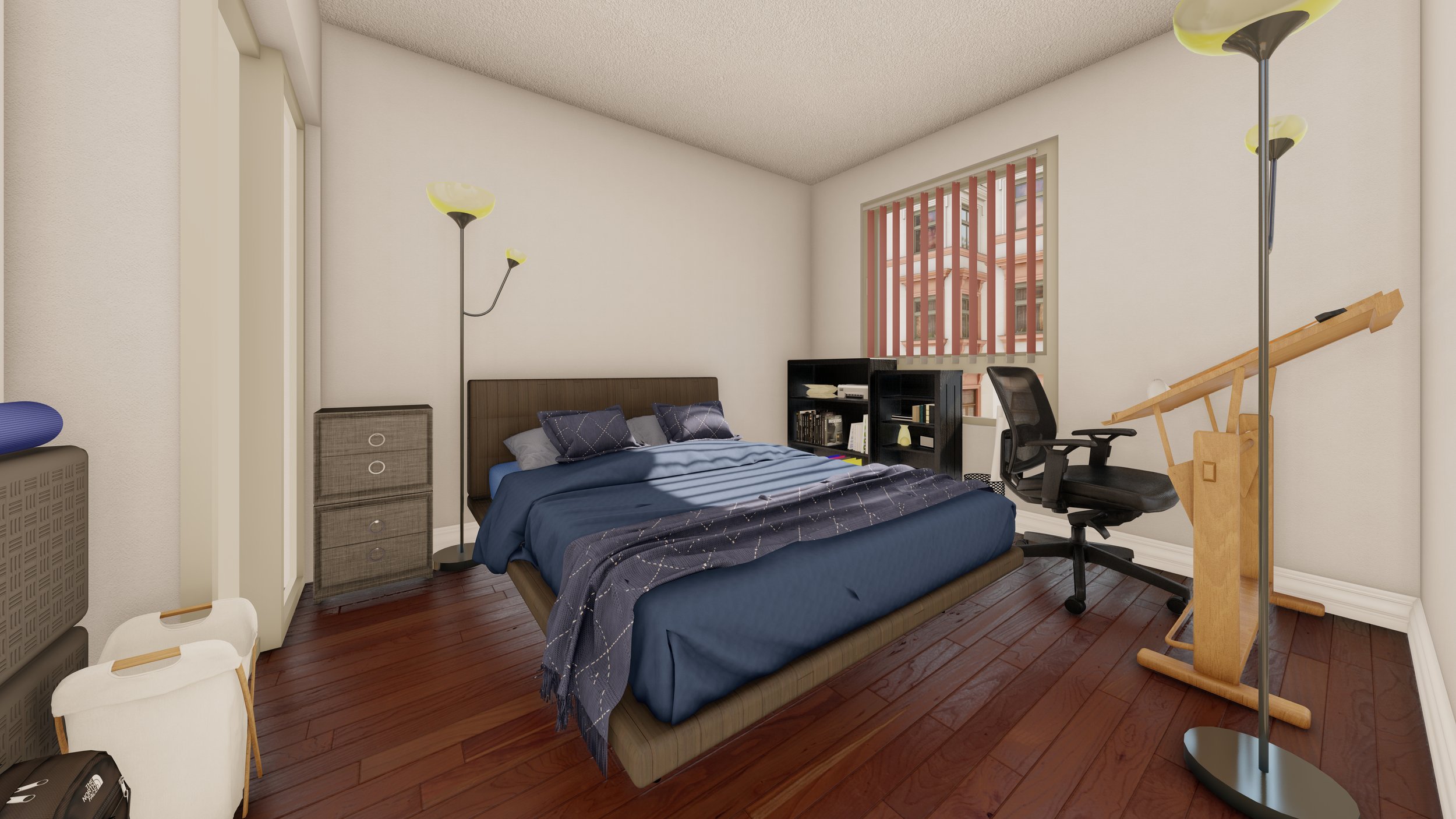
Understanding Image Resolution
&
Frame Rate
WHAT IS IMAGE RESOLUTION?
Rendering resolution is the most important specification of the quality of an image. Digital images are a grid of tiny colored squares called pixels. Every digital image has a dimension (or resolution), which is a another way of saying a number of pixels wide by a number of pixels tall.
If the resolution is too low, you will see the individual color squares, and the image will look grainy or blurry. When it comes to 3D rendering and 3D animation, you want a higher resolution. Below are examples of very low and very high resolution versions of the same image. Note the exaggerated quality differences.
Low Resolution - 89PX x 50PX
High Resolution - 7680PX x 4320PX
UNDERSTANDING IMAGE RESOLUTION FOR ANIMATION
WHAT IS THE BEST RESOLUTION FOR ANIMATION?
Much like image resolution, animation resolution will depend on the medium on which it will be displayed. If your animation is going to be projected on a cinema screen, the required resolution will be very high. If the animation is going to be shown online or on a TV, consider what the highest resolution may be. Generally, 1080p is the standard in architectural animation at this time. However, due to video compression on YouTube, it is recommended to go to at least 1440p to maintain a high video resolution.
EFFECTS OF RESOLUTION ON RENDER TIME
Every time the resolution of an image doubles, the surface area quadruples. As well as this, render times and file sizes go up fourfold. These relationships are particularly relevant to video, where the render times are already very long. It is important to agree upon the resolution prior to the start of a project.
UNDERSTANDING FRAME RATE
Frame rate is the measurement of how quickly a number of frames appears within a second, which is why it's also called FPS (frames per second).
The following is a short demonstration of how frame rate works.
*External content. Not produced by Kurji Designs




